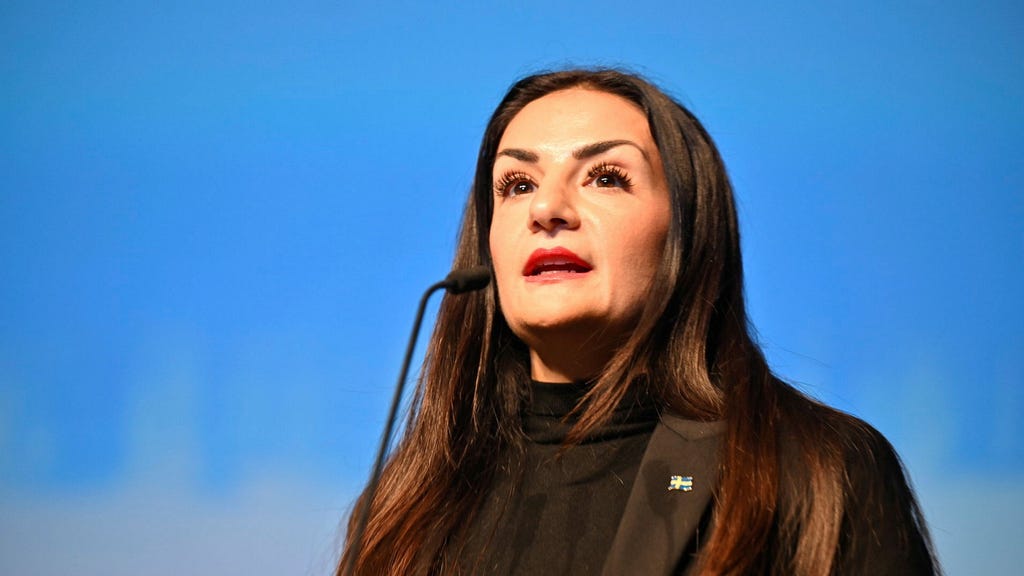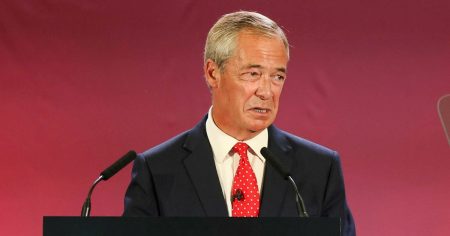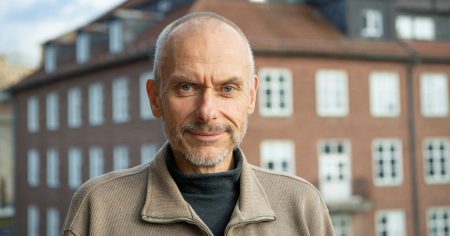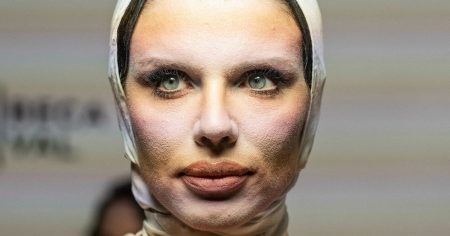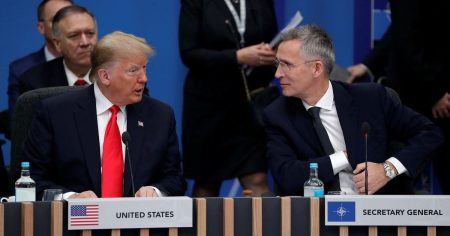The Swedish cultural sphere has become a battleground between two caricatured factions: the uneducated, anti-culture right-wing, represented by the current government, and the pretentious, out-of-touch cultural elite, exemplified by figures like filmmaker Ruben Östlund. This conflict was dramatically staged at the Gothenburg Film Festival when Culture Minister Parisa Liljestrand was met with boos upon taking the stage. Liljestrand, echoing the government’s stance on prioritizing fiscal restraint over cultural funding, criticized the predictable complaints about budget cuts and skepticism towards commercialization within the cultural sector. This deliberate provocation, a departure from her previous conciliatory approach, signaled a shift in the government’s strategy towards the arts.
Liljestrand’s performance was immediately amplified by her colleagues, who shared a video of the booing incident and lauded her as a hero. They emphasized the government’s success in securing private funding for the renovation of the Royal Opera House, thereby highlighting their alternative approach to cultural financing. This orchestrated incident played perfectly into the Moderates’ narrative, portraying the cultural elite as ungrateful and out of touch with the concerns of ordinary taxpayers. The booing provided a convenient visual representation of the supposed divide between the government and the arts, effectively framing the cultural elite as adversaries.
The controversy escalated with the reaction of Ruben Östlund, the acclaimed director and honorary chairman of the film festival. He criticized Liljestrand and other cultural politicians for their perceived lack of education and understanding of the arts. Östlund’s intervention, however, was fraught with irony, given his own controversial past. He had previously been criticized for seemingly downplaying the struggles of the Georgian opposition against an authoritarian regime, prioritizing class perspectives over democratic values. This incident tainted his image and undermined his credibility as a critic of the government’s cultural policy.
Östlund’s involvement transformed the debate from a discussion about funding priorities into a clash of personalities. His past actions offered an easy target for those who sought to discredit the cultural elite as hypocritical and self-serving. The government effectively used Östlund’s controversial stance to deflect criticism and reinforce their own narrative of fiscal responsibility. The entire episode became a meta-commentary on the very dynamics Östlund often satirizes in his films: the shifting power dynamics and the performativity of social interactions.
The debate highlights a deeper tension within the cultural field: the subjective nature of artistic value and the difficulty of defining ”quality” in a democratic society. While some hail Östlund as a masterful director who exposes the absurdities of social hierarchies, others dismiss his work as repetitive and simplistic. This divergence of opinion underscores the challenge of establishing objective criteria for evaluating art and the inherent subjectivity of taste. The controversy surrounding Östlund serves as a microcosm of the broader cultural debate, where different perspectives and interpretations collide.
Ultimately, the clash between the government and the cultural elite reveals a fundamental disagreement about the role of art in society. The government emphasizes fiscal responsibility and seeks alternative funding models, while artists and cultural institutions advocate for public support and artistic freedom. The incident at the Gothenburg Film Festival, far from being an isolated event, represents a larger struggle over the definition and value of culture in contemporary Sweden. The ongoing debate raises important questions about the relationship between art, politics, and society, and the challenges of balancing competing interests in a democratic context.





